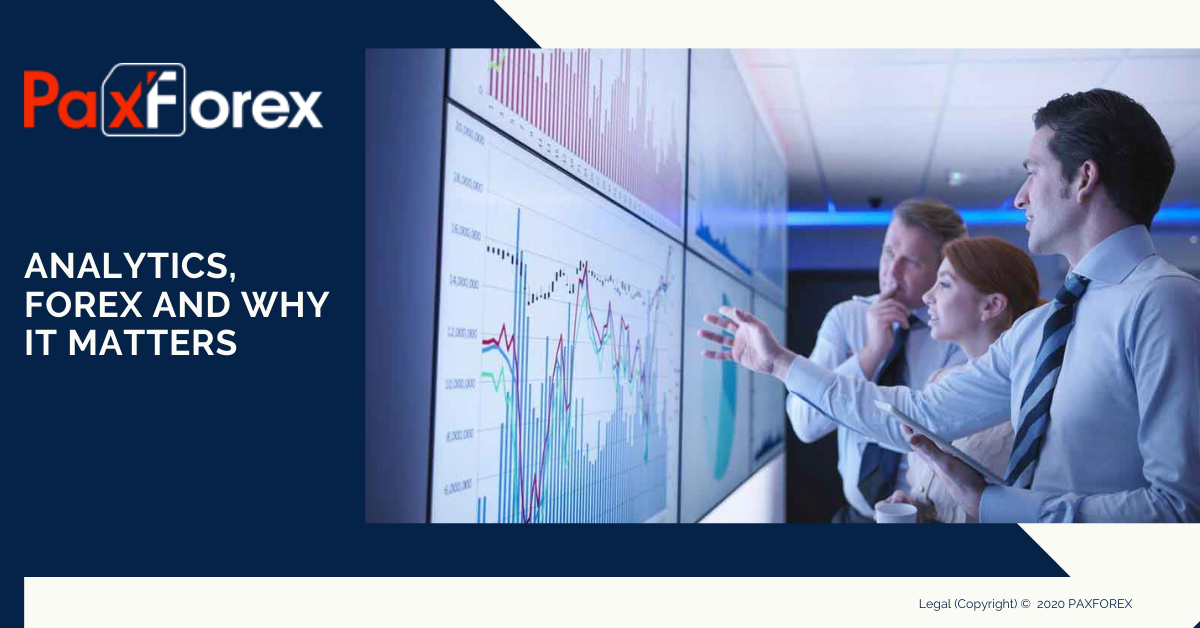
The forex market essentially operates 24 hours per day, five days a week and only closes over the weekend. In comparison, equity markets are open for business less than ten hours per day which does include pre-market and after-market trading. The forex market is the most liquid and the most traded market with over $6 trillion worth of assets being exchanged every single trading day. Every company around the world is engaged in one form of forex trading and it has attracted the most amount of retail traders. There are several reasons for that which range from ease of access to profit potential and from liquidity to possibilities. No other financial market can help small as well as big traders boost their earnings as swift as the forex market.
Since transactions can take place around the clock, it is important to keep track of developments and understand how they will impact currency pairs. The forex market is decentralized, but very connected. Events that happen in Asia and impact certain currency pairs can carry over into the European as well as US trading sessions. This is one of the biggest reasons why daily forex analytics matter. A forex analyst scans currency pairs in order to find profitable entries into trades. Through the analysis, patterns can be identified as well as discrepancies in correlations between currencies which allows for increased profitability.
The forex market often reacts to geopolitical events or economic new releases the fastest. This is another reason why the continued analysis of the forex market is required. This goes beyond simply identifying a profitable trade set-up. After a currency pair has been marked for a trade, the forex analyst sends the trade to the portfolio manager who is then responsible for the risk management of the trade as well as for the trade placement. The analytical part and the execution part are usually separated in order to avoid a conflict of interest or bias towards a certain trade.
As the analysis of the forex market is ongoing, changes in a previous trading recommendation may need to be altered. As an analyst identifies such a change, it will be communicated to the portfolio manager in order to make the necessary adjustments. They include adding to existing trades, hedging those trades and modifications to stop loss and take profit levels. The forex market is a very dynamic market and required the attention of skilled professionals in order to maximize trading results and reduce the risk taken. Many companies with exposure to currency fluctuations as well as professional forex brokers deploy a team of analysts around the globe in order to cover events in all three major geographical locations.
The analytics forex task can be broken down into two parts. The first part is the fundamental aspect of the trade. This includes economic news releases which can have a significant impact on currency pairs, especially in the short-term. A trade set-up can be influenced by the results of an economic release and forex traders as well as analysts need to monitor the economic calendar and account for the potential impact. The mos market moving releases include inflation reports, primarily the CPI, GDP reports as well as employment reports, especially the monthly NFP reports out of the US which is released on the first Friday of every month.
The second part is comprised of the technical aspect of the trade. This is used in order to identify the best trade entries, calculate lot sizes and mark stop loss as well as take profit levels. When conducting a technical analysis of a currency pair, chart patterns as well as candlestick formations play an important role in order to accurately asses where price action is headed next. Technical indicators are also often used in order to confirm trading signals. A full analysis will consist of both, the fundamental as well as the technical part, in order to get a complete picture of the currency pair and where price action will move to next.







